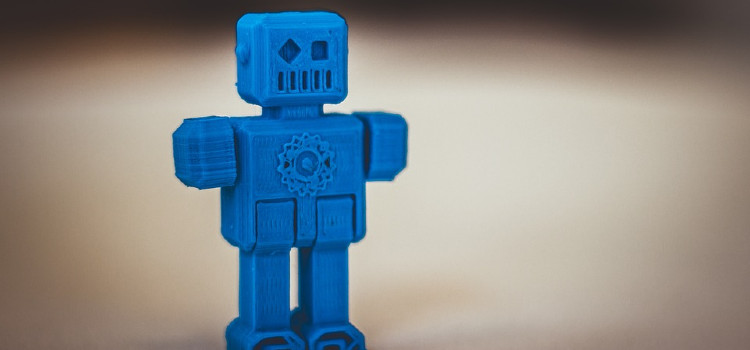Are you searching for the right answer to how to 3d print miniatures? This article is just for what you need!
The information in this article will help you. We’ll share our tips on how to 3D print miniatures, and the best 3D printing software programs that are available. Our goal is to make this process as easy as possible so that anyone can do it with no prior experience!
Contents
In the end, we hope this article has provided you with useful information about how to 3d print miniatures for your games or projects.
Need a printer?
This is what you need to know:
Choosing The Right 3D Printing Material
Various materials can be used to print miniatures on FDM/FFF printers. Examples are PLA, ABS, PEI, PETG, HIPS and many other materials. The choice of material will depend on the intended purpose and final result. However PLA is one of the most popular as it’s cheap and durable. ABS is an option but with more time needed to print the first layer than plain PLA.
The color of your miniature should not be the deciding factor when choosing a material. All printing materials available will allow you to create colorful miniatures, but some are easier than others and some have more advantages than others.
PLA is a commonly used printing material. Its melting temperature is usually lower than ABS, meaning that it is easier to print. Additionally PLA can be dissolvable in water (no need of a solvent), making the post-print process much easier. However PLA won’t hold as much detail as ABS, and warping can be a problem on some printers. It’s not an ideal material for miniatures where high details are needed or if you plan to paint your miniature later.
Choosing The Right Layer Height
In order to print miniatures on FDM/FFF printers, the intended layer height should be no smaller than .3mm. A smaller layer height will result in printer errors and supports that are too weak for support structures that are too complex. Using a layer height of .3mm ensures optimal detail and quality while printing miniatures on FDM/FFF printers. For printing miniatures on FFF/FDM printers, a layer height of.2mm is recommended.
When deciding how many layers to print, a good starting point for models up to 8mm (0.3in) should be at least 4 layers. For models larger than 8mm (0.3in), a layer height of 2-3mm is recommended for best results.
When dense 3D geometry is present, a minimum of 8 layers is recommended with a layer height of 2-3mm. A minimum of 6 layers is recommended for complex geometries that still have room to support for other geometry (for example when printing a miniature with the human hand or a sword and handle). A relatively small layer height can be used when printing hollow tubes or other complex geometries.
Choosing The Right Print Speed
In order to choose the right print speed for miniatures, it is important to understand the different printing options available. These options will dictate how many prints can be made per hour, and in turn how long it takes to print a miniature. The printing speeds are classified into four types:
- LOW – 1-2 miniatures per hour
- MODERATE – 3-4 miniatures per hour
- HIGH – 5-6 miniatures per hour
- EXPERT – 7+ miniatures per hour
There are several things to keep in mind when choosing a printing speed. First, remember that you do not need the “highest” speed for your miniatures. If you have a single miniature that is 5cm by 5cm (about 2×2 inches) in size, then it will take about 1 minute to print on Expert, and the quality will still be very high.
Setting Up The Right 3D Printing Supports
3D printing supports are often necessary to provide stability to the structure that is being printed. For example, if you were printing a miniatures of an animal or person, it would need supports in order to keep it stable.
Depending on what CAD software you are using, there will be different ways in which 3D printing supports can be set up for the model. The most common way is by placing your mouse over a place that needs a support and clicking “Add Support”. This will make a mesh rise out of the ground so that it fills in the area where you clicked. It’s usually best to start adding supports from the top and work your way down as some of them might not print correctly otherwise.
The other option is to go into the 3D printing software and click the “Add Support” button in the bottom-right corner. This will create a solid support for your model automatically. You can then adjust the size as you wish by moving your mouse around and dragging it.
While it’s important to make sure supports are in place, they can be difficult to remove especially if they’ve been in there for a while. Most support removal programs require you to click the model from different angles until you can get it to pop out. It’s very important that the supports are removed before adding additional parts, otherwise your model will have a hard time printing correctly.
In Conclusion
3D printing is a very fun and useful way of making things for yourself and others. Whether it’s a present for your child or just something cool that you’re making for yourself, 3D printing will be able to deliver high quality results. If you’ve never used 3D printing before, then we highly recommend trying it.
When starting out with 3D printing you may be overwhelmed with all the tools and different settings. However, once you get the hang of the software and actually get to see your creations almost become reality, it all makes sense.

